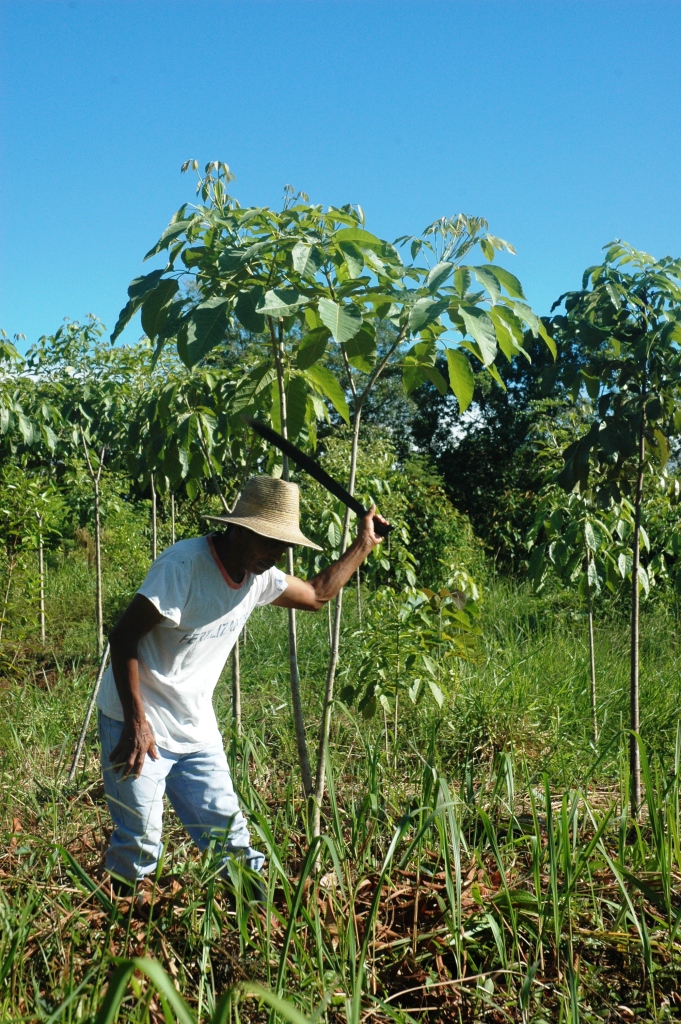Reconciling conservation and development: are landscapes the answer?
"The landscape scale is being used for complex initiatives that have the dual objective of conserving biodiversity and alleviating poverty in developing countries. Working at landscape scales greatly expands the level of ambition of conservation organizations. The skills and competencies needed are different to those that conservation organizations have conventionally deployed. Influencing landscape patterns will be gradual and require medium to long-term commitments."

Photo: IUCN Guatemala
"Given the lack of evidence for the effectiveness of these approaches in developing countries they should be used cautiously and in many cases should complement and not replace a focus on more conventional biodiversity protection. Working at a landscape scale does not reduce the need for setting clear conservation goals. Important elements for success are the recognition of the dynamic nature of landscapes and of changing societal perspectives on biodiversity. The underlying drivers of change must be addressed and the broad context understood. Landscape conservation should be based on broadly negotiated landscape scenarios and a long-term effort to build constituencies and bring about social change. Landscape approaches must be constructivist and recognize uncertainty and unpredictability."



